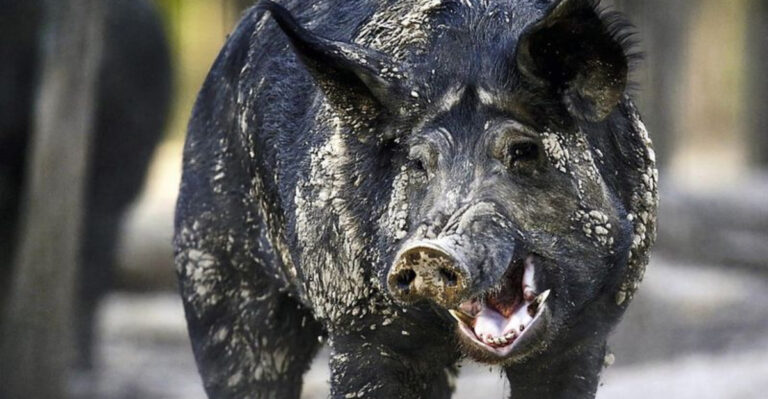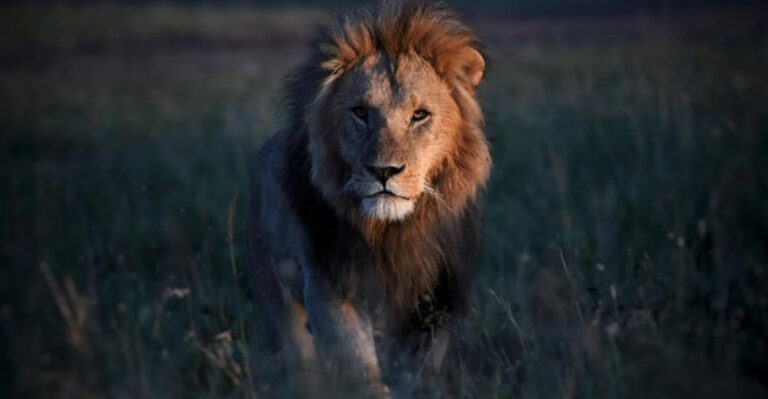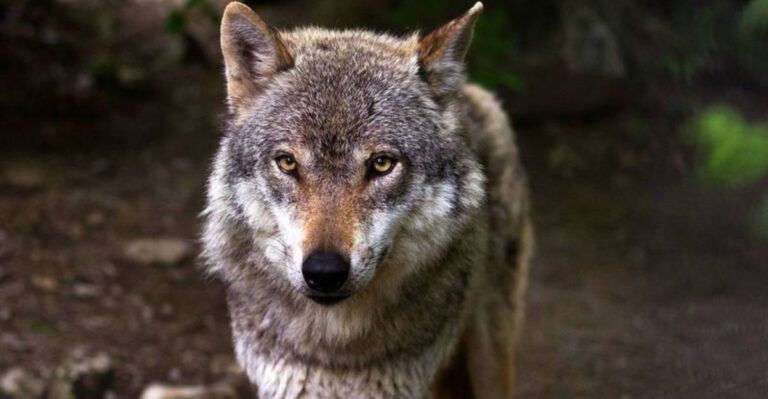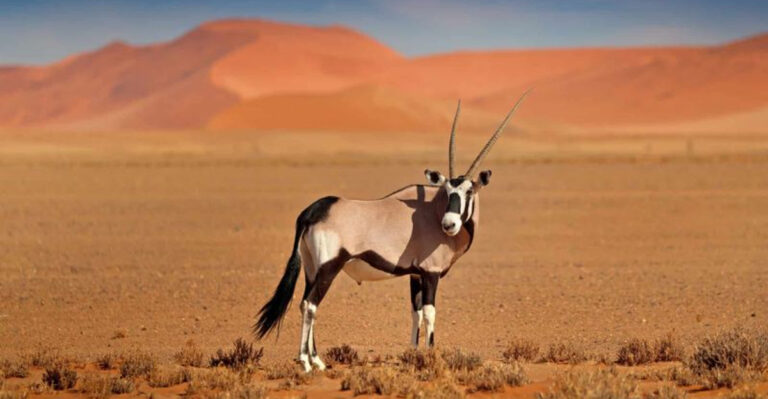27 Most Unusual Animal Names You Won’t Believe Exist
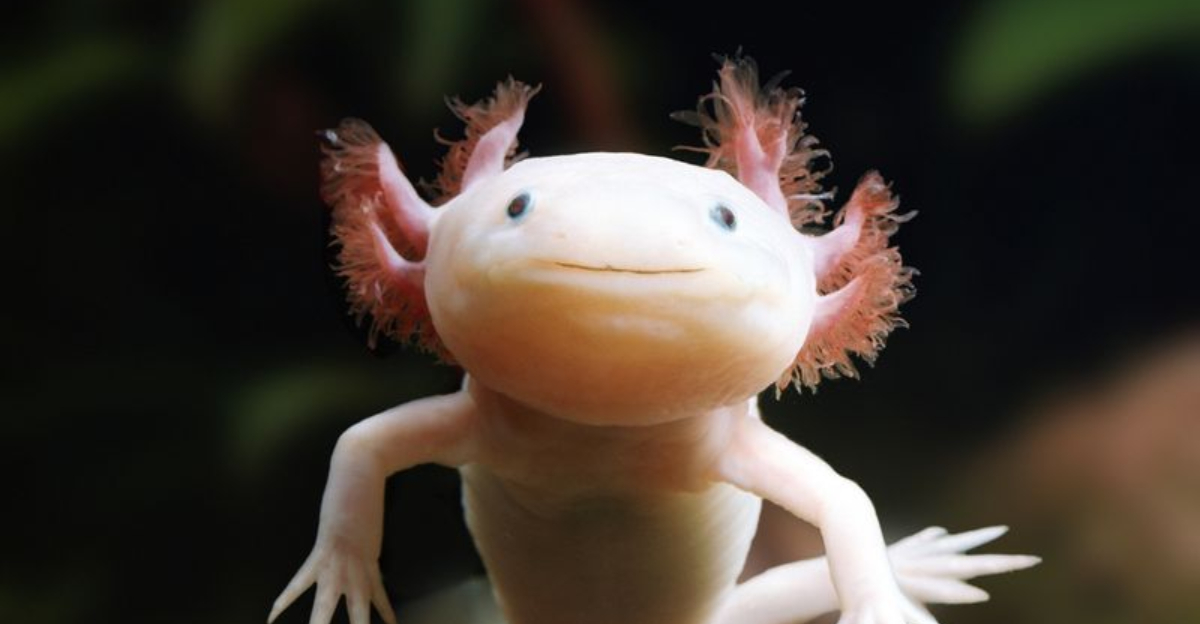
In the vast kingdom of animals, there are creatures whose names are as bizarre as their appearances.
These names often spark curiosity and laughter, leaving many to wonder how such unique titles came to be.
From the peculiar to the downright humorous, each of these animals carries a name that sets it apart from the rest.
1. Goblin Shark
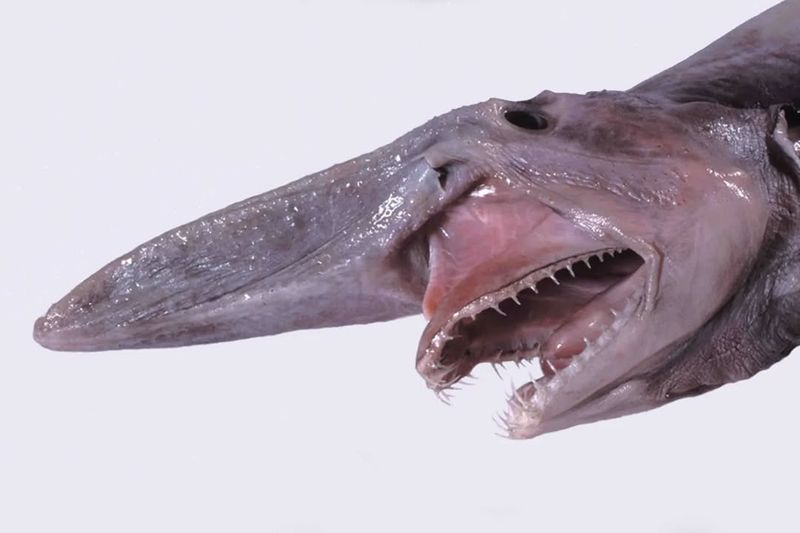
Lurking in the depths of the ocean, the Goblin Shark is a true anomaly of nature.
Its distinct elongated snout and pinkish hue make it a spectacle, almost like something out of a fantasy tale. This deep-sea dweller is often referred to as a ‘living fossil’ due to its ancient lineage.
Despite its fearsome appearance, the Goblin Shark is not aggressive towards humans. Instead, it spends its days gliding through the ocean’s shadows, feeding on unsuspecting prey with its extendable jaws.
2. Sarcastic Fringehead
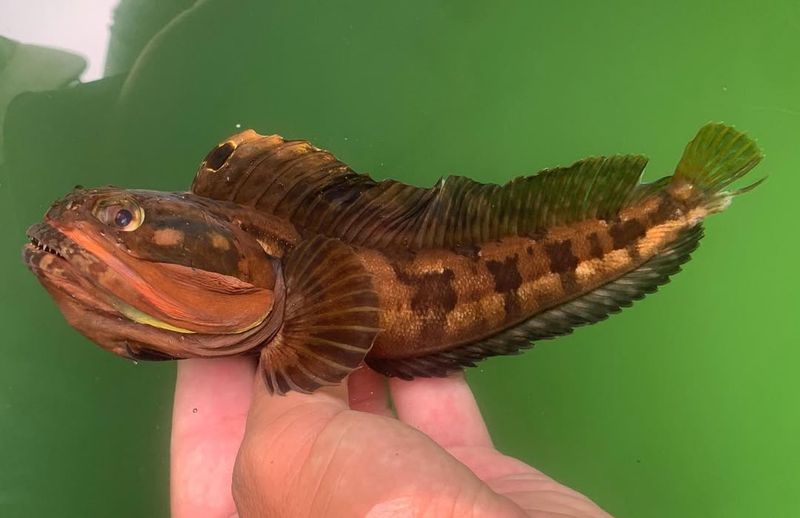
The Sarcastic Fringehead might not be what you expect from its sarcastic name.
This small fish, native to the Pacific coast, exhibits a behavior that’s as dramatic as its name suggests. When threatened, it opens its massive mouth wide in a territorial display.
Living within the comfort of crevices and shells, this fish’s aggressive nature is balanced by its comical appearance.
Its bulging eyes and vibrant colors make it a fascinating subject for underwater photographers and marine enthusiasts alike.
3. Leafy Seadragon
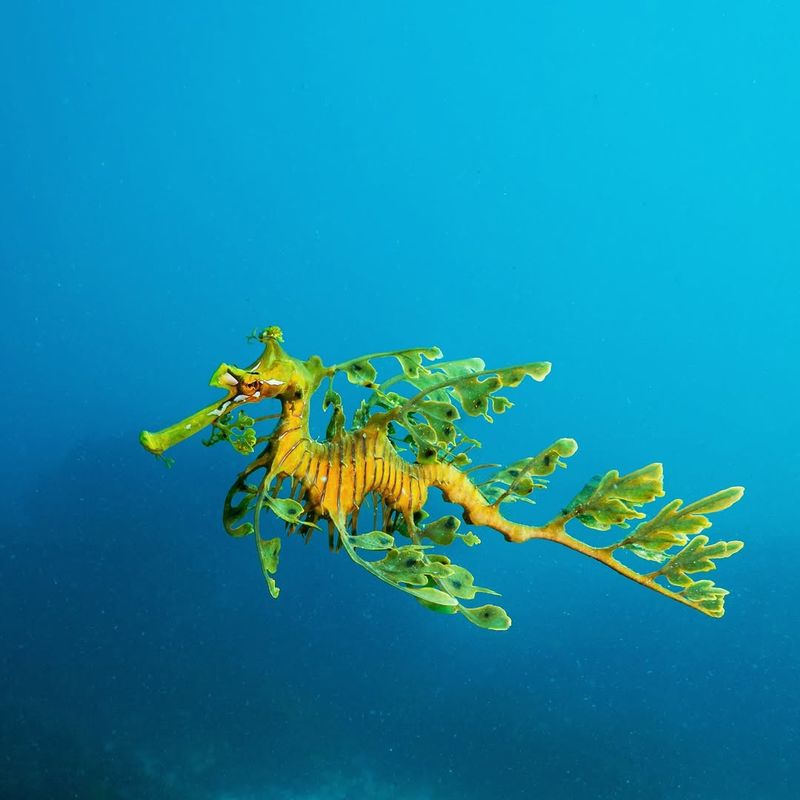
Amongst the kelp forests, the Leafy Seadragon disguises itself with grace.
Its body is adorned with leaf-like appendages that sway gently with the ocean currents, making it nearly invisible to predators. This remarkable camouflage is a survival technique.
Unlike other seahorses, the Leafy Seadragon cannot curl its tail to grasp onto objects. Instead, it relies on the ocean’s flow, drifting in harmony with its surroundings.
Its serene movement and unique appearance make it a favorite among divers.
4. Wunderpus
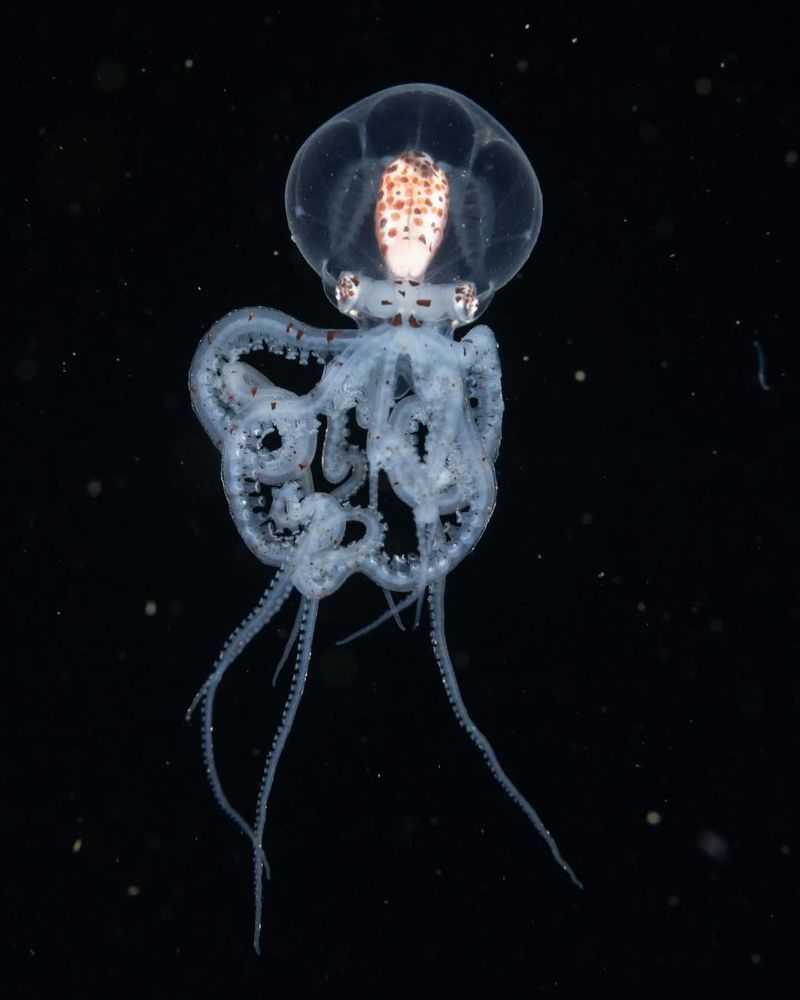
The Wunderpus is named for the wonder it inspires in those who encounter it.
This octopus boasts striking patterns that change color and shape, a mesmerizing sight in the underwater world. With each arm movement, it creates a ballet of hues and textures.
Native to the Indo-Pacific region, the Wunderpus uses its intelligence and mimicry to evade predators.
Its ability to blend into sandy ocean floors makes it a true master of disguise, enchanting marine biologists and ocean lovers alike.
5. Spiny Lumpsucker
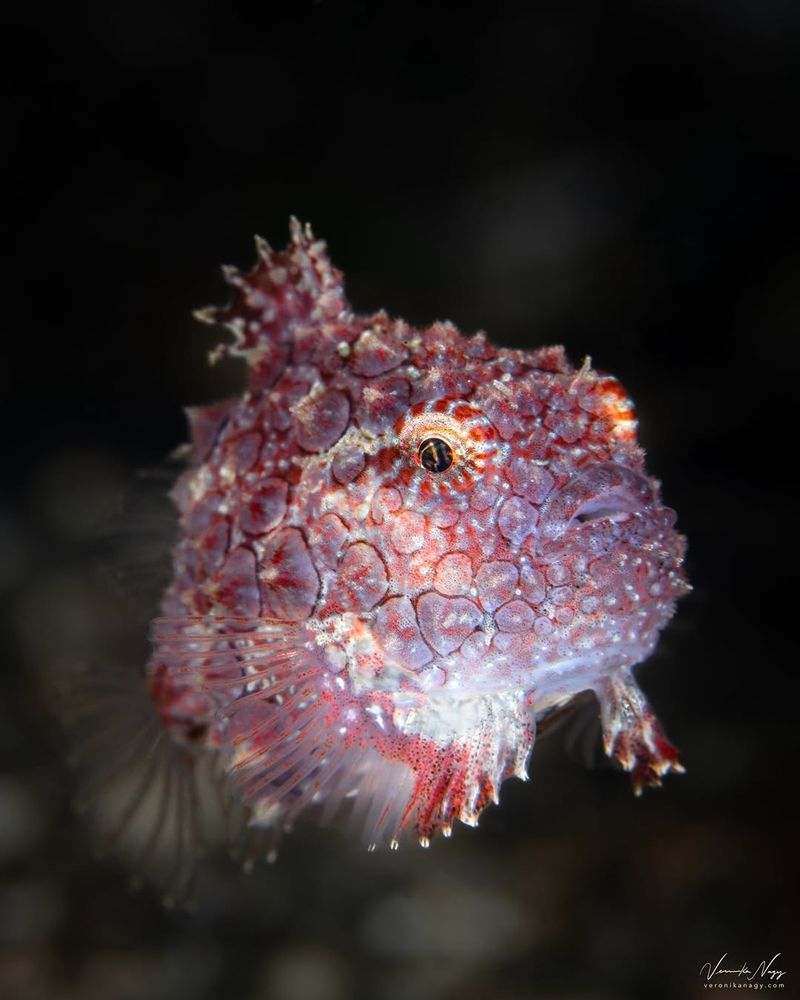
Round and covered in spines, the Spiny Lumpsucker is as charming as its name.
Found in cold waters, this fish uses its modified pelvic fins to suck onto surfaces, an adaptation that aids its survival in turbulent currents.
Despite its small size, the Lumpsucker’s vibrant colors and quirky appearance make it a favorite among aquarium enthusiasts.
Its awkward swimming style, akin to a clumsy bumblebee, adds to its endearing nature. Truly, this fish proves that beauty can be found in the most unexpected forms.
6. Tasselled Wobbegong
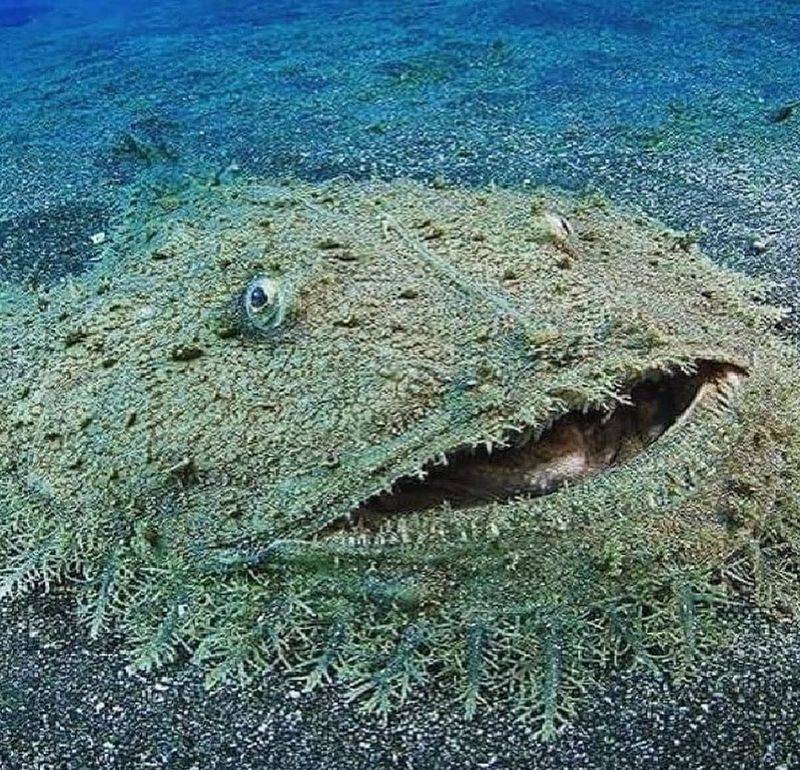
The Tasselled Wobbegong lies in wait, perfectly camouflaged against the ocean floor.
Its namesake tassels create a fringe that breaks up its outline, making it virtually invisible to prey. This bottom-dwelling shark is a master of ambush.
With a flattened body and wide mouth, the Wobbegong surprises unsuspecting fish that venture too close.
While it may appear fearsome, it poses little threat to humans. Divers often spot these sharks resting, their tassels swaying gently with the ocean currents.
7. Moustached Puffbird
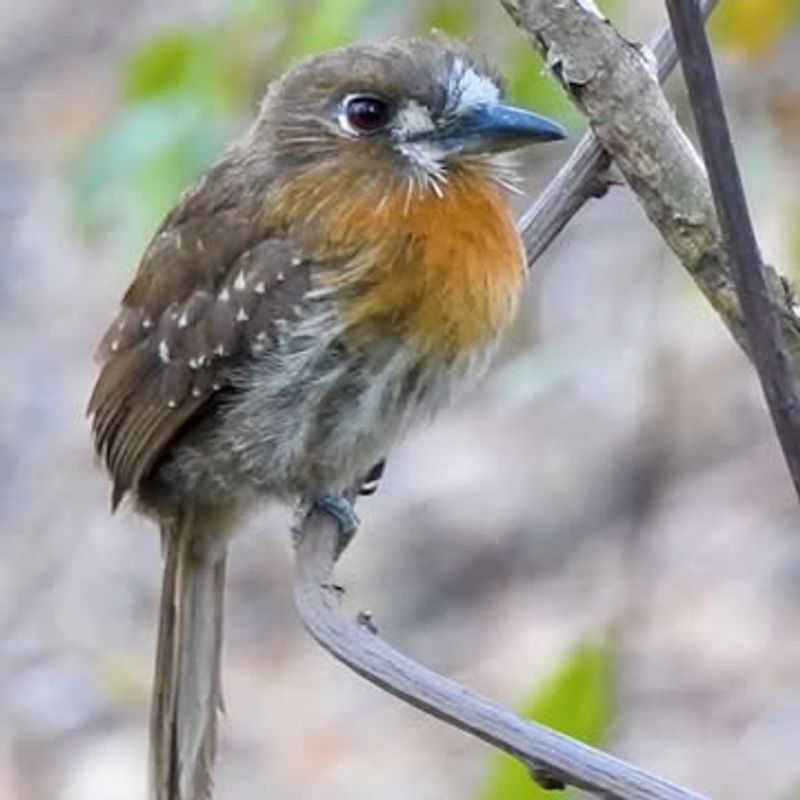
The Moustached Puffbird sits quietly, observing the world with its striking ‘mustache’.
This bird, found in Central and South America, gets its name from the bristly feathers around its beak. It’s a patient predator, often waiting silently before swooping down on its prey.
Its call, a series of melodious whistles, resonates through the rainforest. Despite its predatory nature, the Puffbird’s fluffy appearance and unique facial feathers make it a delightful sight for birdwatchers and naturalists.
8. Pygmy Goat
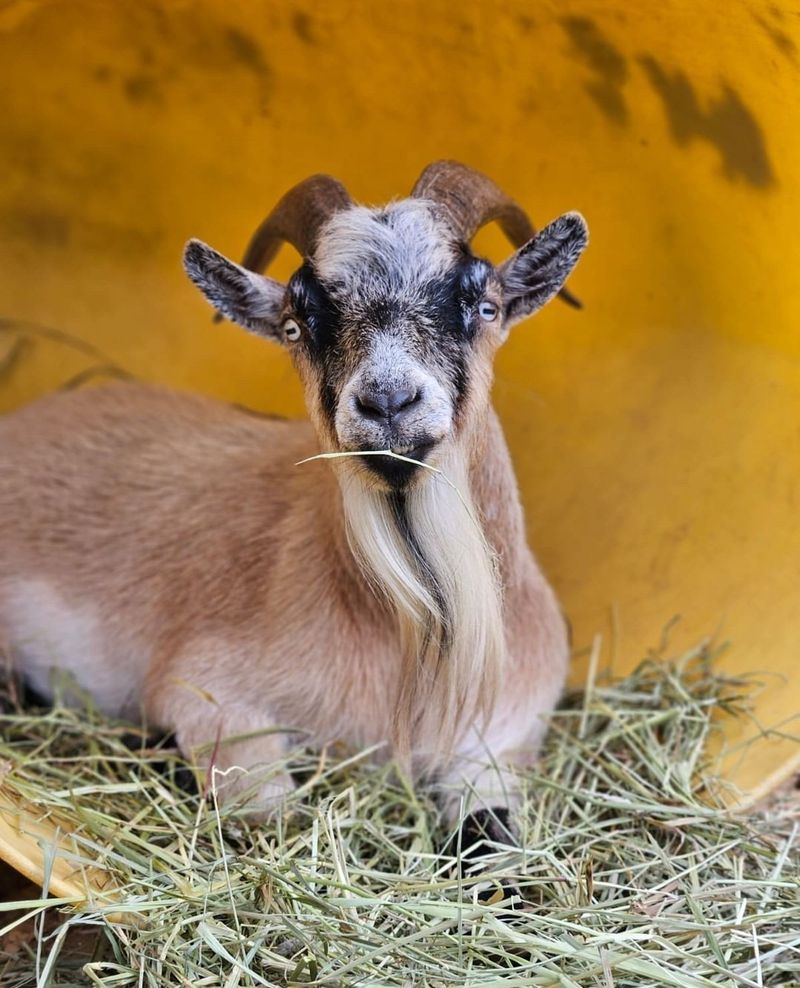
Small in stature but big in personality, the Pygmy Goat brings joy wherever it roams. These diminutive creatures are known for their playful antics and sociable nature, making them popular pets and farm animals.
Originating from West Africa, Pygmy Goats are adaptable to various climates and environments.
Their compact size doesn’t hinder their agility; they can often be seen leaping and climbing with ease. Their lively spirit and expressive eyes make them endearing companions to humans.
9. Screaming Hairy Armadillo

Don’t let its name fool you—the Screaming Hairy Armadillo is more than just noise. Found in arid regions, this unique creature emits a loud screech when threatened, a sound that’s both surprising and effective.
Its hairy shell provides camouflage and protection against predators.
Although primarily nocturnal, it can be spotted during the day, foraging for plants and insects. Its quirky behavior and distinct appearance have made it a subject of fascination for wildlife enthusiasts.
10. Kakapo
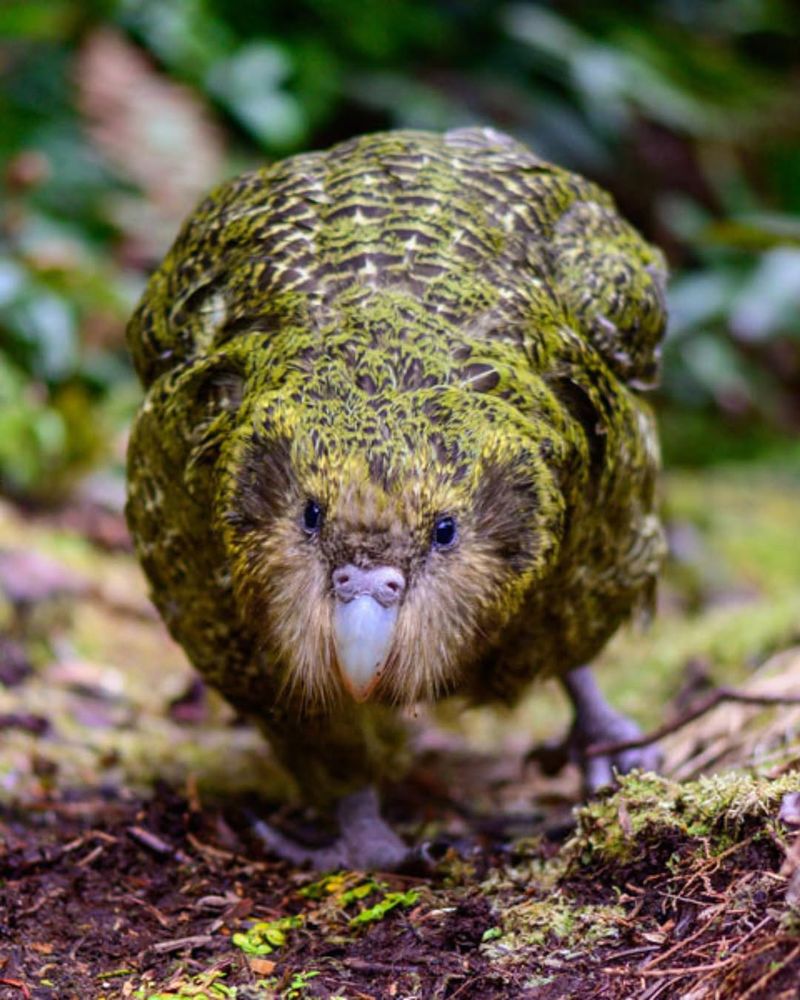
The Kakapo, or owl parrot, is a nocturnal wonder of New Zealand.
With its moss-green feathers and expressive face, it’s a creature of both charm and mystery. Unlike most parrots, the Kakapo is flightless, relying on its strong legs to navigate the forest floor.
It’s critically endangered, with conservation efforts in place to protect its dwindling population.
Known for its gentle nature and peculiar mating calls, the Kakapo continues to captivate the hearts of bird lovers across the globe.
11. Hummingbird Hawk-Moth
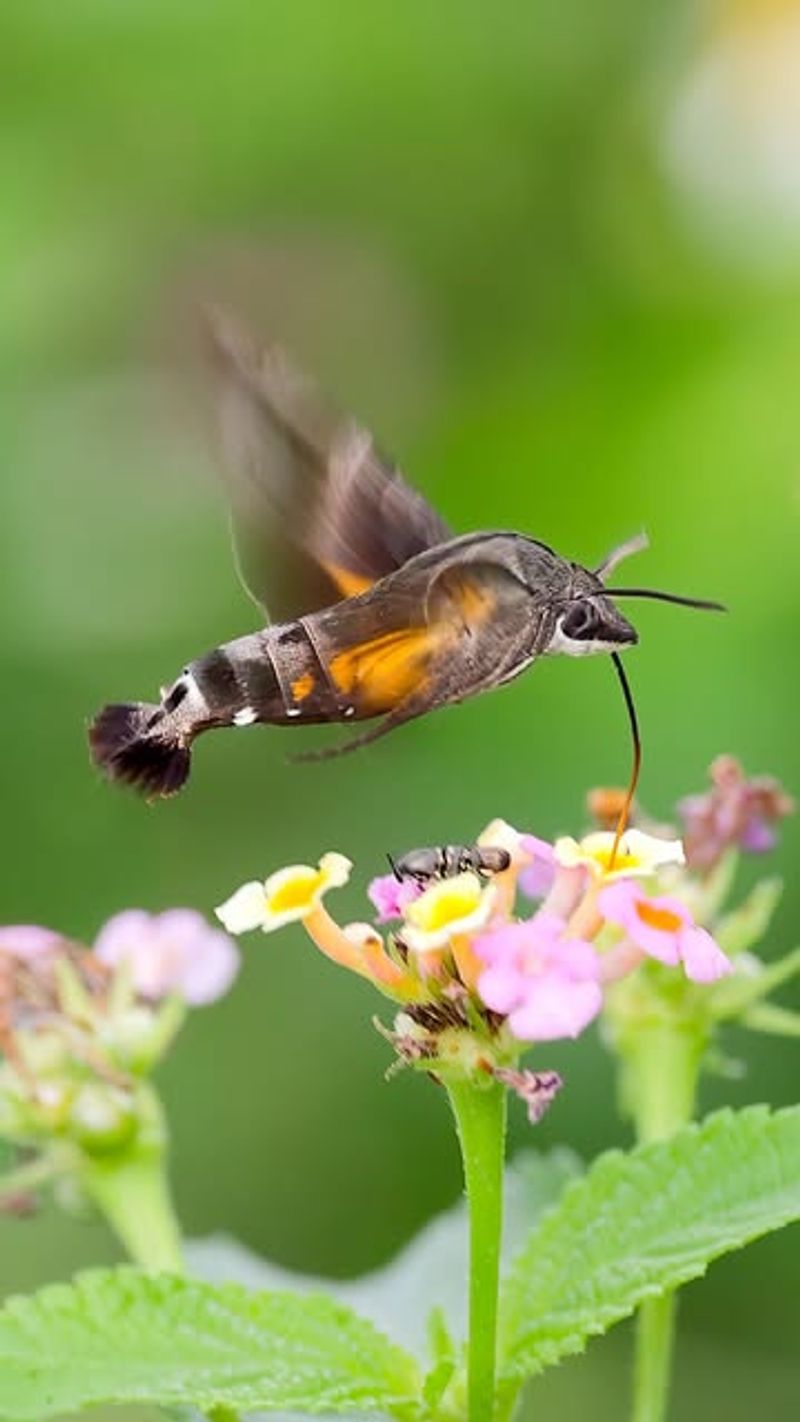
In the realm of insects, the Hummingbird Hawk-Moth blurs the line between bird and bug.
With its rapid wing beats and hovering ability, it resembles a tiny hummingbird as it feeds on nectar. Its distinctive hum fills the air as it flits from flower to flower.
Native to Europe and Asia, this moth is a marvel of mimicry and adaptation. Its agility and vibrant colors enchant gardeners and photographers alike, making it a welcome visitor in blossoming gardens.
12. Blue-Footed Boobies
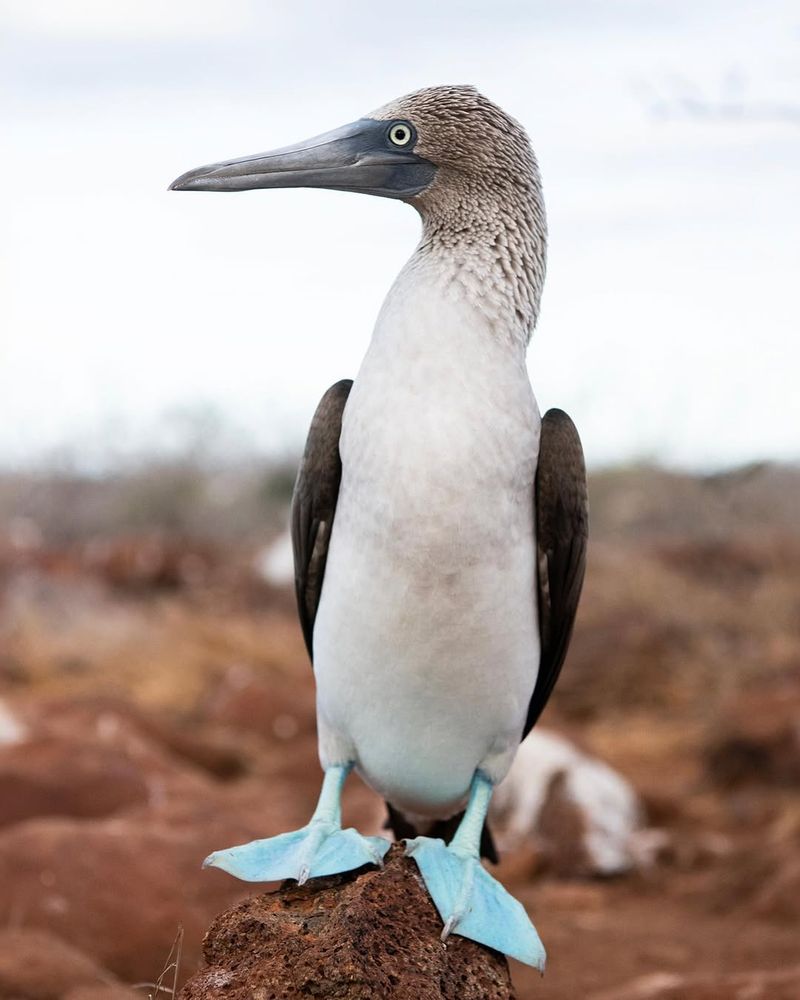
Blue-Footed Boobies boast feet so blue, they defy belief. These comical birds, native to the Galápagos Islands, use their vibrant blue feet in elaborate mating dances. The brighter the blue, the more attractive the mate.
Their name, derived from the Spanish word ‘bobo’ meaning foolish, highlights their clumsy yet endearing nature.
Despite their goofy demeanor, they are skilled hunters, diving gracefully into the ocean in search of fish. Their captivating displays make them a favorite among wildlife enthusiasts.
13. Frilled-Necked Lizard
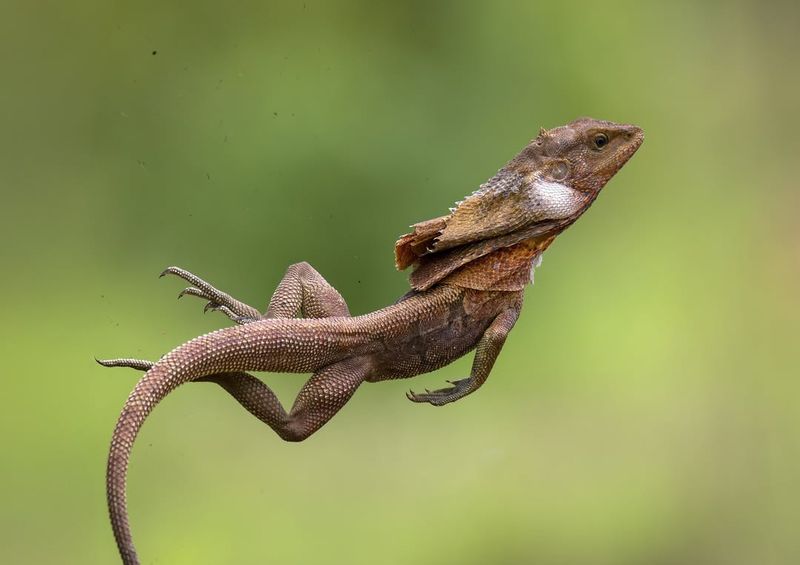
With a dramatic flair, the Frilled-Necked Lizard stands tall, its frill flared in a display of defense.
Native to Australia, this reptile’s frill, which encircles its neck, is used to intimidate predators. When threatened, the lizard rises on its hind legs, hissing and spreading its frill wide.
Beyond its theatrical defense, it spends its time basking in the sun or hunting insects.
Its prehistoric appearance and unique behavior make it a popular subject of interest among reptile enthusiasts.
14. Red-Lipped Batfish
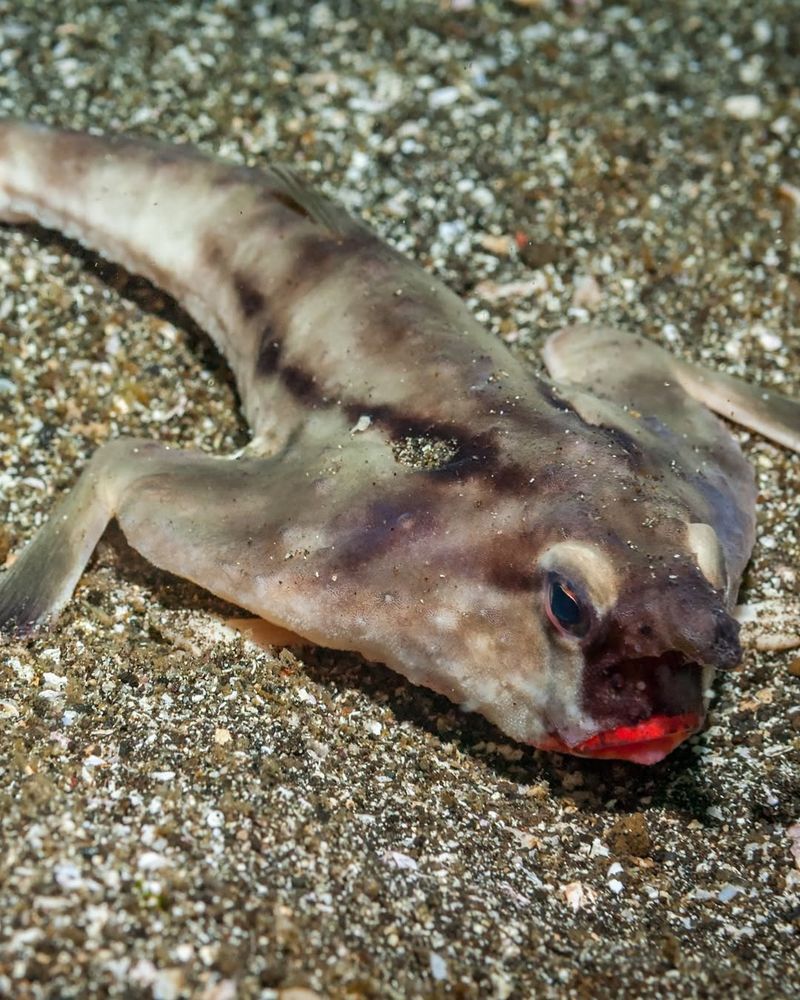
In the aquatic world, the Red-Lipped Batfish is a true oddity. Its most striking feature, the bright red lips, gives it an appearance as if it’s wearing lipstick.
Found near the Galápagos Islands, this fish prefers to walk on the ocean floor using its adapted pectoral fins.
Its awkward “walk” and unusual appearance make it a curious subject for marine biologists.
Despite its peculiar looks, it’s a skilled hunter, preying on small fish and crustaceans with surprising efficiency.
15. Pink Fairy Armadillo
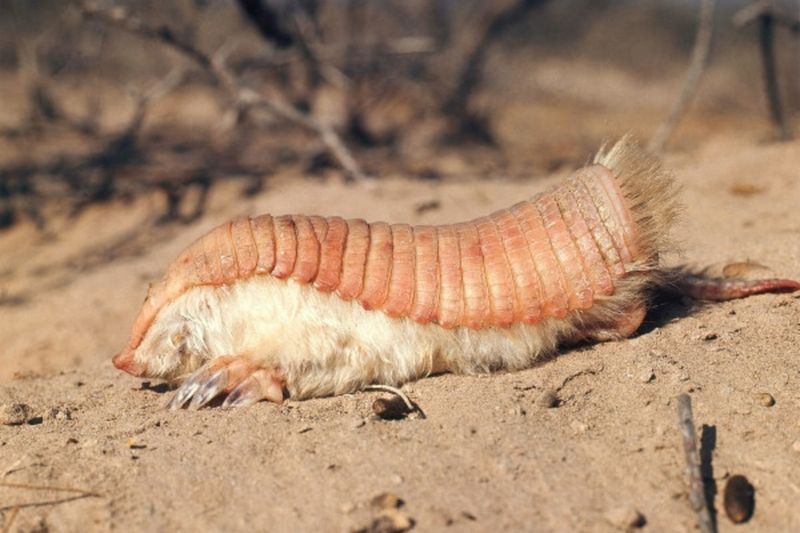
Emerging from the sands of Argentina, the Pink Fairy Armadillo is a whimsical creature of the desert.
Its delicate pink shell and small size give it an ethereal appearance, reminiscent of a fairytale being. This nocturnal animal burrows swiftly through sandy soils.
The armadillo’s compact body and strong claws make it an expert digger. Although rarely seen due to its shy nature, those lucky enough to spot one are left enchanted by its unique beauty and mystical presence.
16. Ice Cream Cone Worm
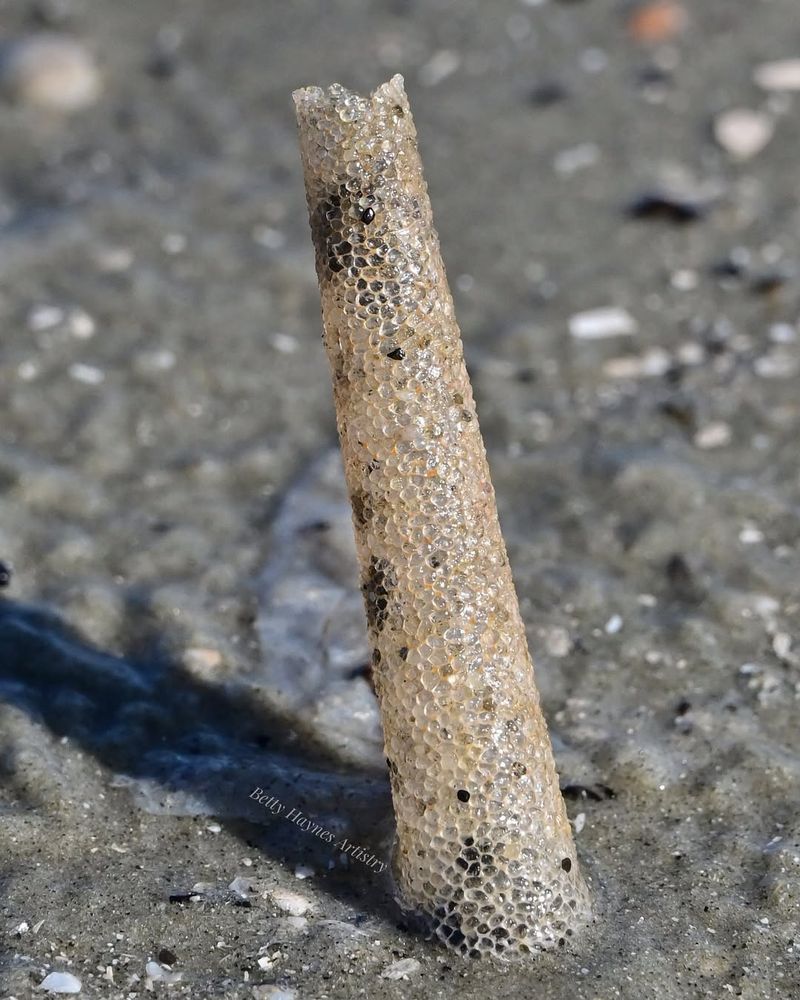
In the underwater realm, the Ice Cream Cone Worm boasts a shell that mirrors its namesake dessert.
This marine worm constructs a spiraled, cone-like shell that serves as both home and protection. Its colorful plumes extend outward, capturing plankton and detritus from the water.
Found in tropical seas, this worm’s vivid appearance and unique shell shape make it a delightful find for divers and marine enthusiasts.
Its simple yet effective feeding strategy showcases the wonders of marine adaptation.
17. Star-Nosed Mole
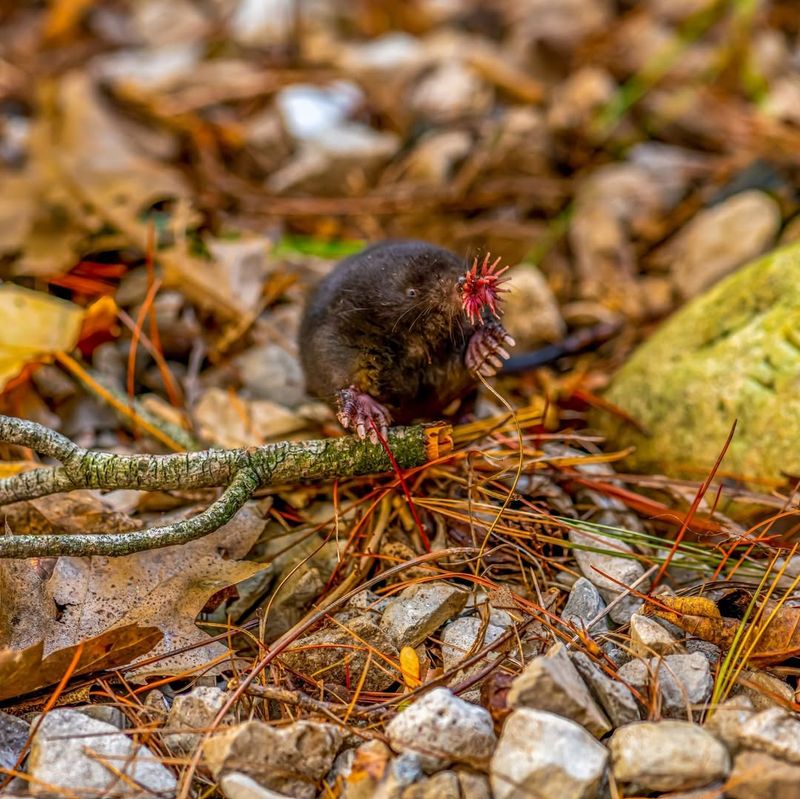
The Star-Nosed Mole navigates its underground realm with a nose like no other.
Its star-shaped snout, adorned with 22 fleshy appendages, is a sensory marvel, allowing it to detect prey with incredible speed. This adaptation makes it one of the fastest foraging mammals.
Living in wetland areas, the mole’s expertise in excavation is unmatched.
Despite its unusual appearance, it plays a vital role in its ecosystem, aerating the soil and controlling insect populations. A true testament to nature’s ingenuity.
18. Waxy Monkey Tree Frog
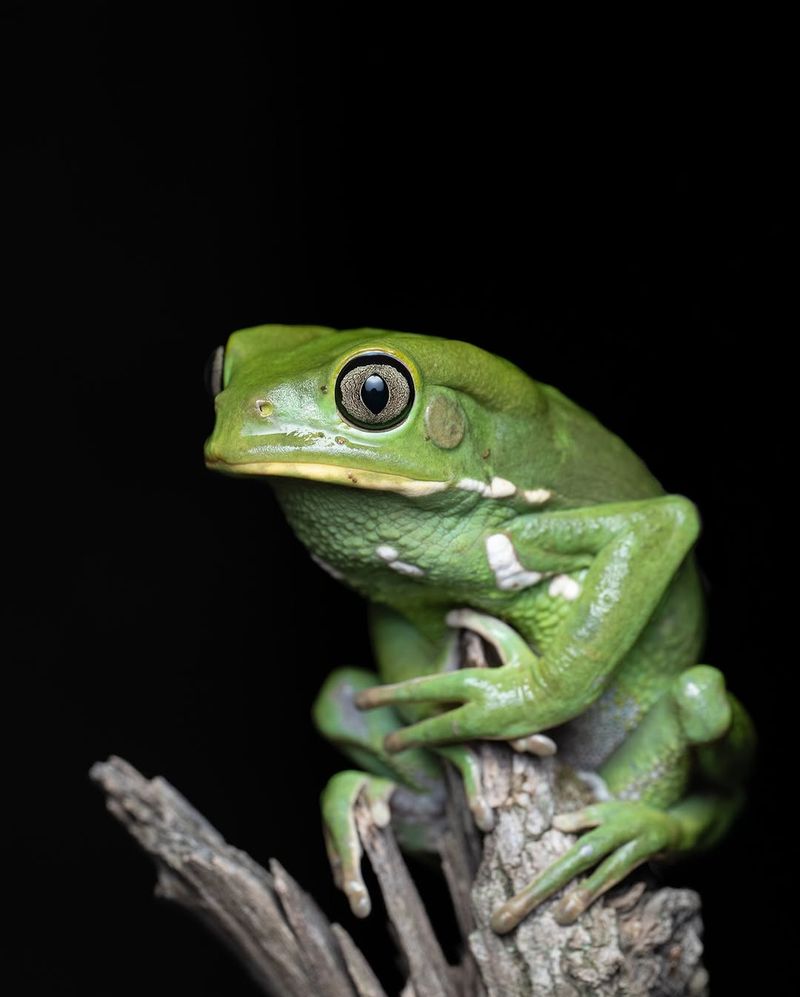
Perched among the treetops, the Waxy Monkey Tree Frog is an arboreal acrobat.
Its waxy coating, which it produces by rubbing a secretion over its body, helps prevent dehydration in its sunny habitat. This adaptation allows it to thrive in hot, arid environments.
Known for its distinctive appearance and climbing prowess, this frog is a favorite among herpetologists and hobbyists.
Its contemplative demeanor and unique adaptations offer insights into the wonders of amphibian life.
19. Tarsier
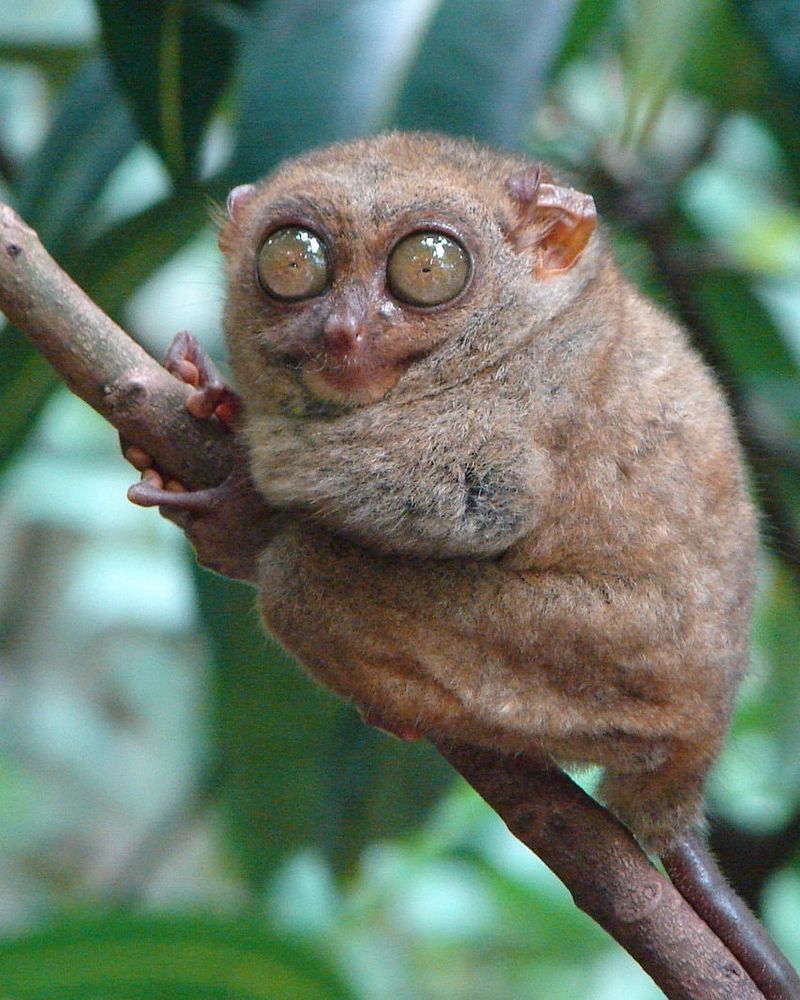
In the moonlit rainforests of Southeast Asia, the Tarsier’s eyes shine with an eerie glow.
These tiny primates have the largest eyes relative to body size of any mammal, an adaptation for their nocturnal lifestyle. This gives them exceptional night vision.
Their ability to rotate their heads nearly 180 degrees aids in spotting insects, their primary diet.
Despite their small size, Tarsiers are agile hunters, leaping from branch to branch with acrobatic ease. A curious blend of cuteness and creepiness.
20. Panda Ant
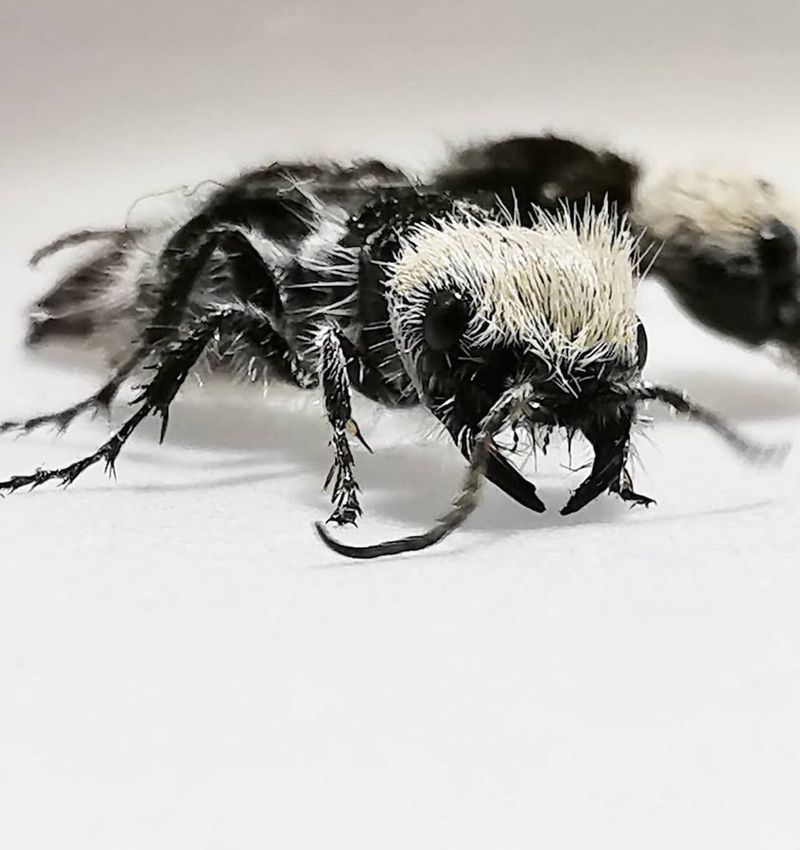
Despite its name, the Panda Ant is not an ant but a wingless wasp. Its striking black and white pattern has earned it the nickname, resembling a miniature, furry panda.
Found in Chilean deserts, their bold coloration is a warning to predators.
Known for their painful sting, Panda Ants are solitary creatures, often spotted scurrying across arid landscapes.
Their intriguing appearance captures the attention of entomologists and nature enthusiasts, highlighting the diversity of insect life.
21. Sea Cucumber
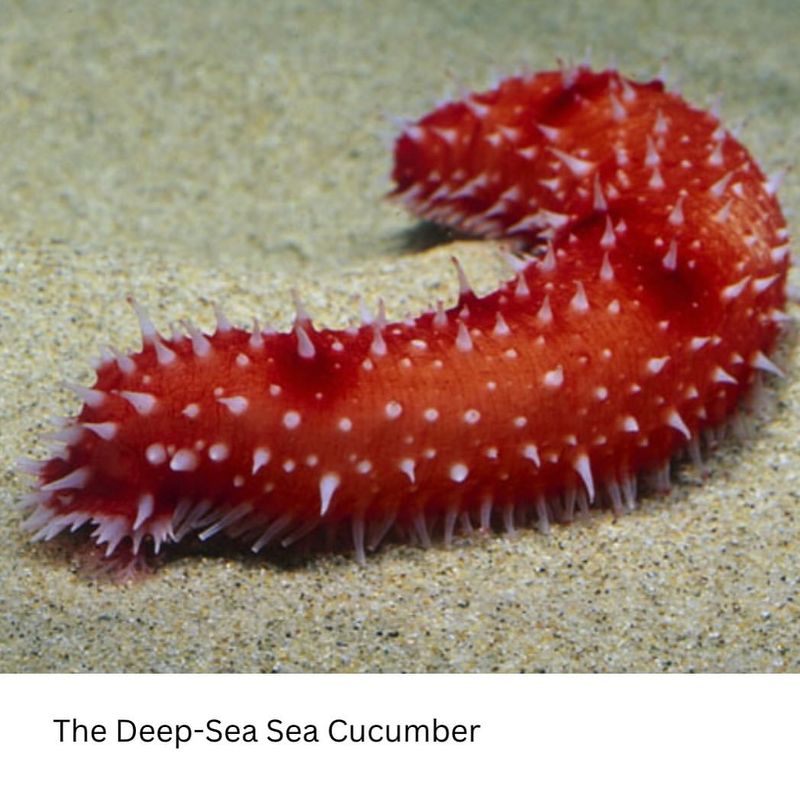
The Sea Cucumber is a creature of the benthic zone, often overlooked yet vital to ocean ecosystems.
Its elongated, leathery body is an extraordinary example of marine adaptation. Sea cucumbers play a crucial role in nutrient cycling, breaking down detritus and recycling nutrients.
Despite their simplistic appearance, they possess unique defense mechanisms, such as expelling internal organs to deter predators.
This resilience and ecological importance underscore their often unrecognized significance in maintaining marine health.
22. Fossa
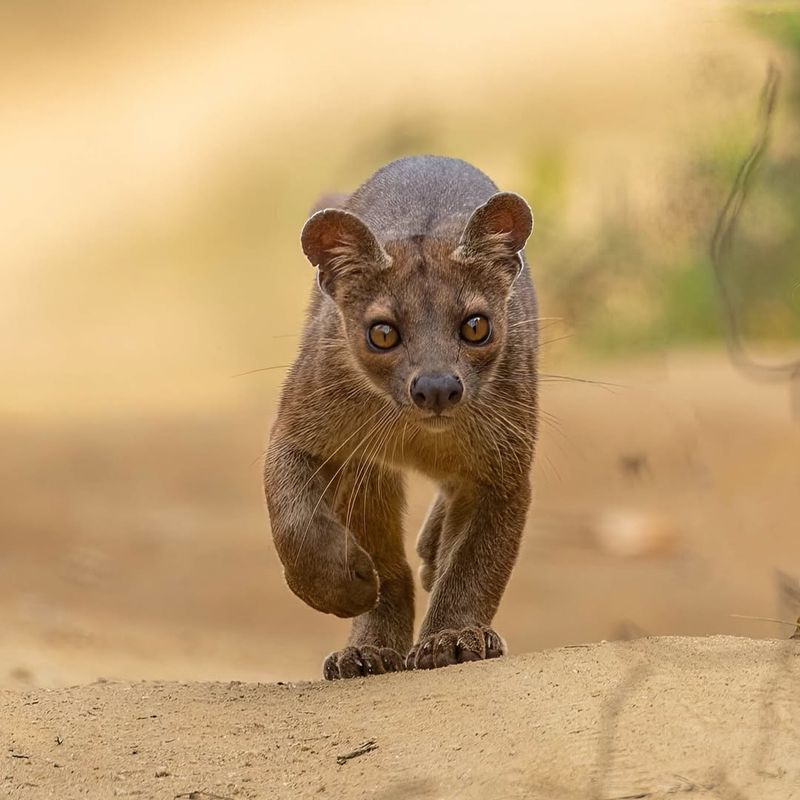
In the forests of Madagascar, the Fossa reigns as a top predator. This enigmatic creature, with its cat-like appearance, is closely related to the mongoose.
Its agile body and sharp claws make it an adept hunter, preying on lemurs and other small animals.
Despite being the island’s largest carnivore, the Fossa is elusive, often evading human detection.
Its mysterious nature and vital role in Madagascar’s ecosystem make it a creature of intrigue for biologists and conservationists.
23. Giraffe Weevil
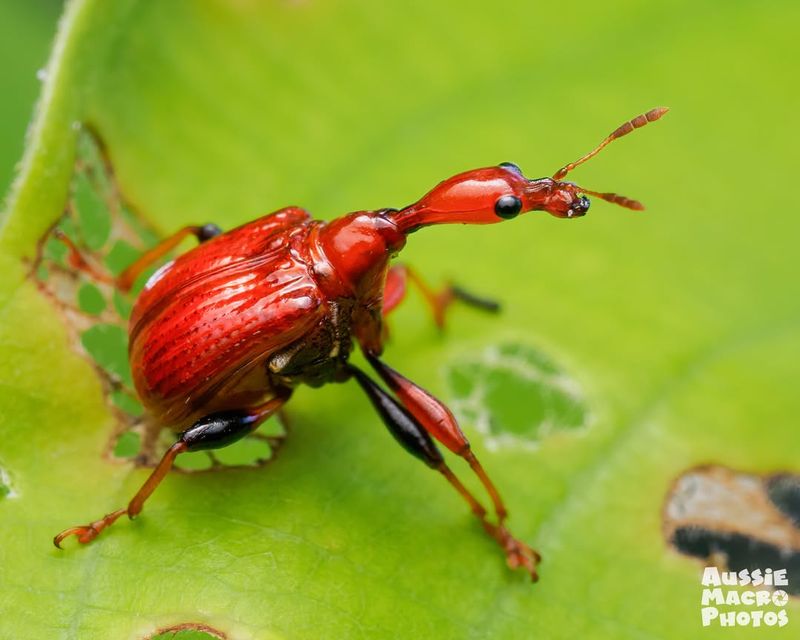
The Giraffe Weevil, named for its elongated neck, is a marvel of Madagascar’s biodiversity.
This distinctive insect uses its long neck to construct nests and engage in combat with rivals. Its vibrant red and black coloration adds to its striking appearance.
Despite its peculiar look, the Giraffe Weevil plays a unique role in its ecosystem.
Observing these weevils offers insight into the adaptive wonders of nature and the fascinating niches that insects occupy in the wild.
24. Fried Egg Jellyfish
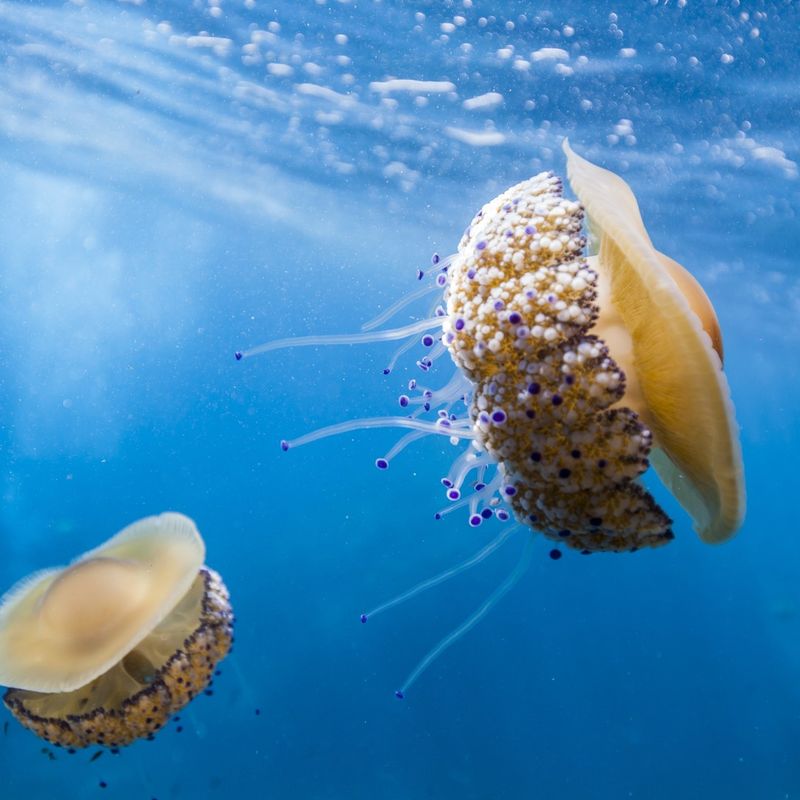
In the ocean’s vast expanse, the Fried Egg Jellyfish drifts with serene elegance.
Its bell, resembling a sunny-side-up egg, captures the imagination of those who encounter it. This jellyfish is often found in the Mediterranean Sea, gliding near the surface.
Despite its delicate beauty, it plays an important role in the marine food web, serving as prey for larger marine animals.
Its peculiar appearance and gentle movement make it a favorite among divers and oceanographers.
25. Grey Go-Away Bird

The Grey Go-Away Bird, with its notable call, earns its name as a warning signal to other animals.
Found in southern Africa, its loud ‘go-away’ call alerts wildlife of potential danger. This bird’s striking grey plumage and expressive crest give it an unmistakable appearance.
Social and curious, it often travels in groups, foraging for fruits and leaves.
Its role as both a sentinel and a seed disperser highlights its ecological significance, adding to the tapestry of the African savannah.
26. Blobfish
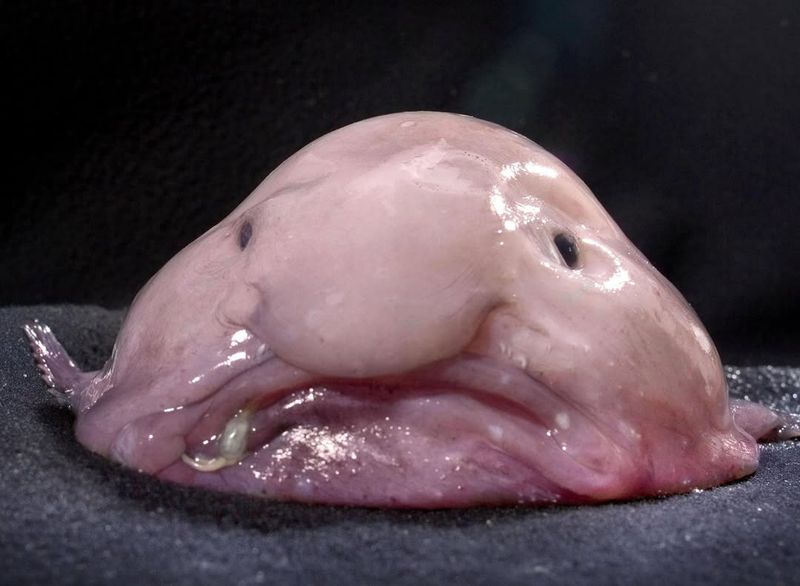
With a face only a mother could love, the Blobfish graces the deep-sea realms with its distinctive appearance.
Known for its gelatinous, droopy form, it inhabits the depths off the coasts of Australia and New Zealand. This adaptation allows it to withstand high-pressure environments.
Despite its unflattering looks, the Blobfish serves as a reminder of the sheer diversity of life in the deep sea. Its appearance stirs curiosity and a touch of sympathy from those who learn of its existence.
27. Mantis Shrimp
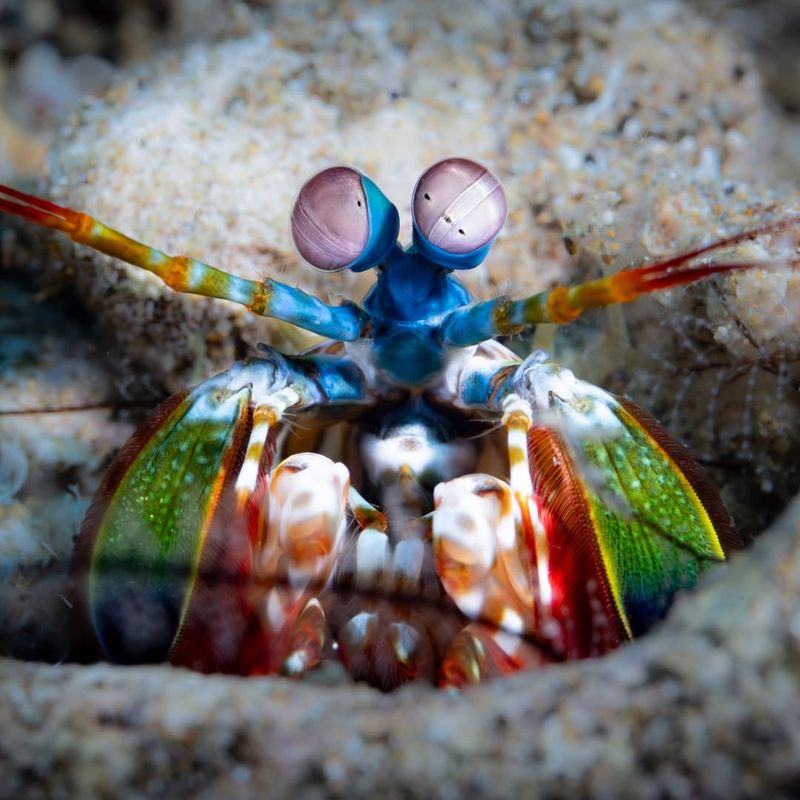
Beware the Mantis Shrimp—a creature of unparalleled power and brilliance.
With claws that strike like a bullet, this crustacean can shatter shells and stun prey with incredible speed. Found in tropical and subtropical waters, it’s a spectacle of colors and combat.
Its eyes, capable of seeing polarized light, offer a vision unlike any other.
The Mantis Shrimp’s combination of beauty and brawn makes it a captivating subject for marine biologists and enthusiasts, showcasing nature’s raw power and creativity.

